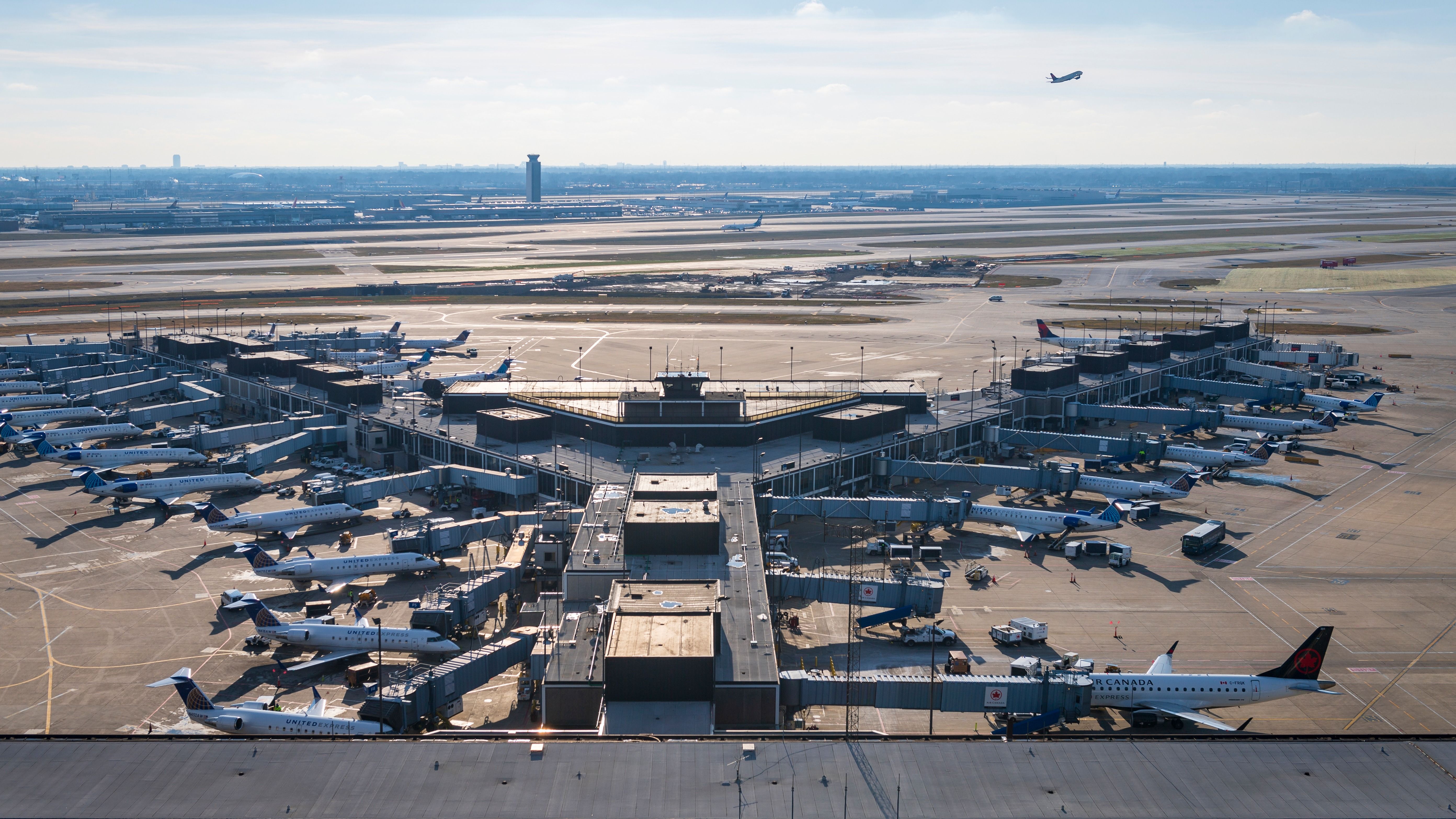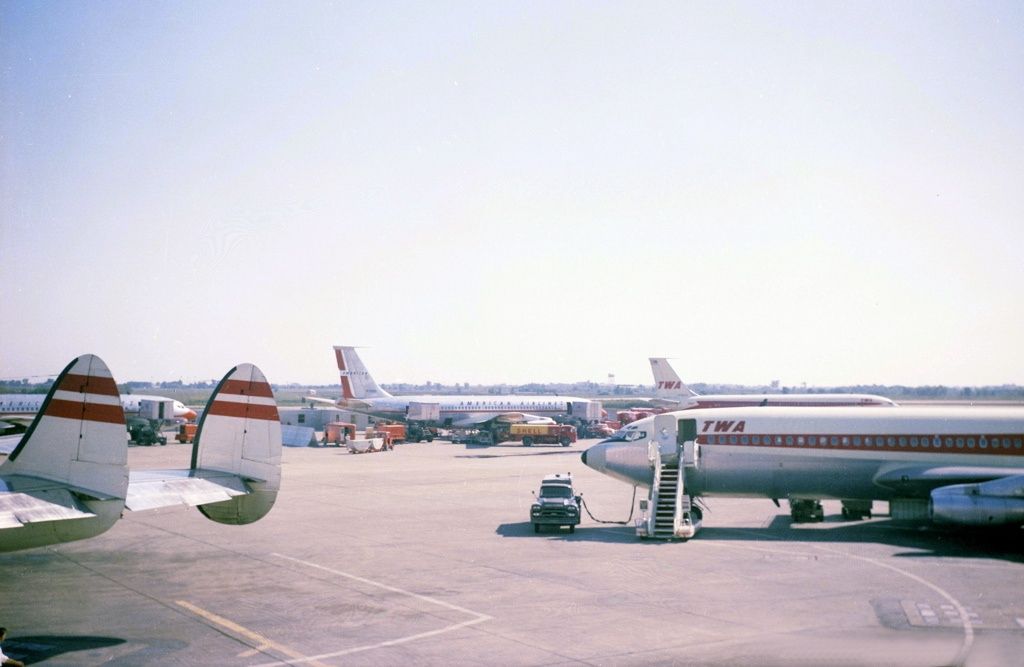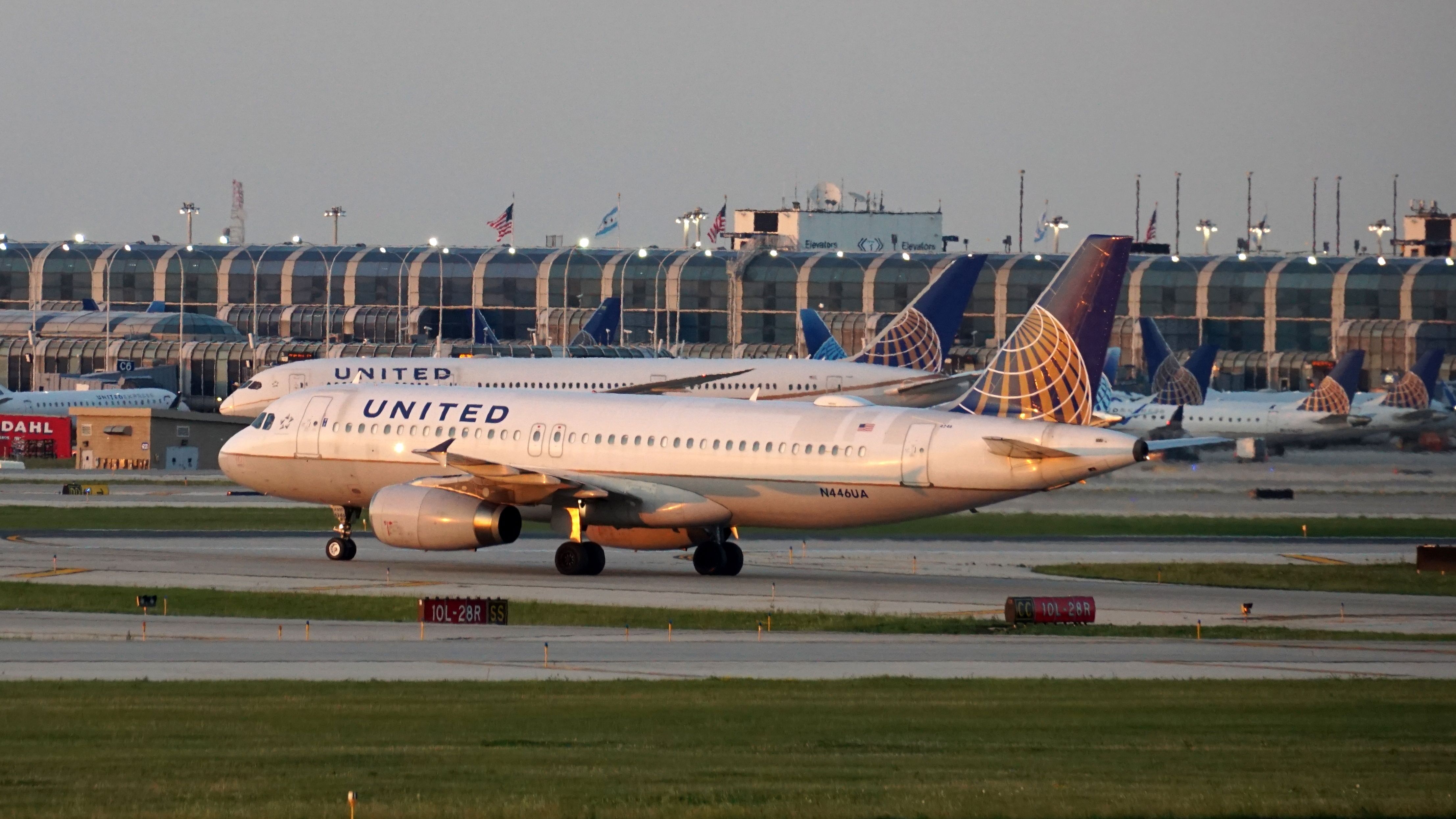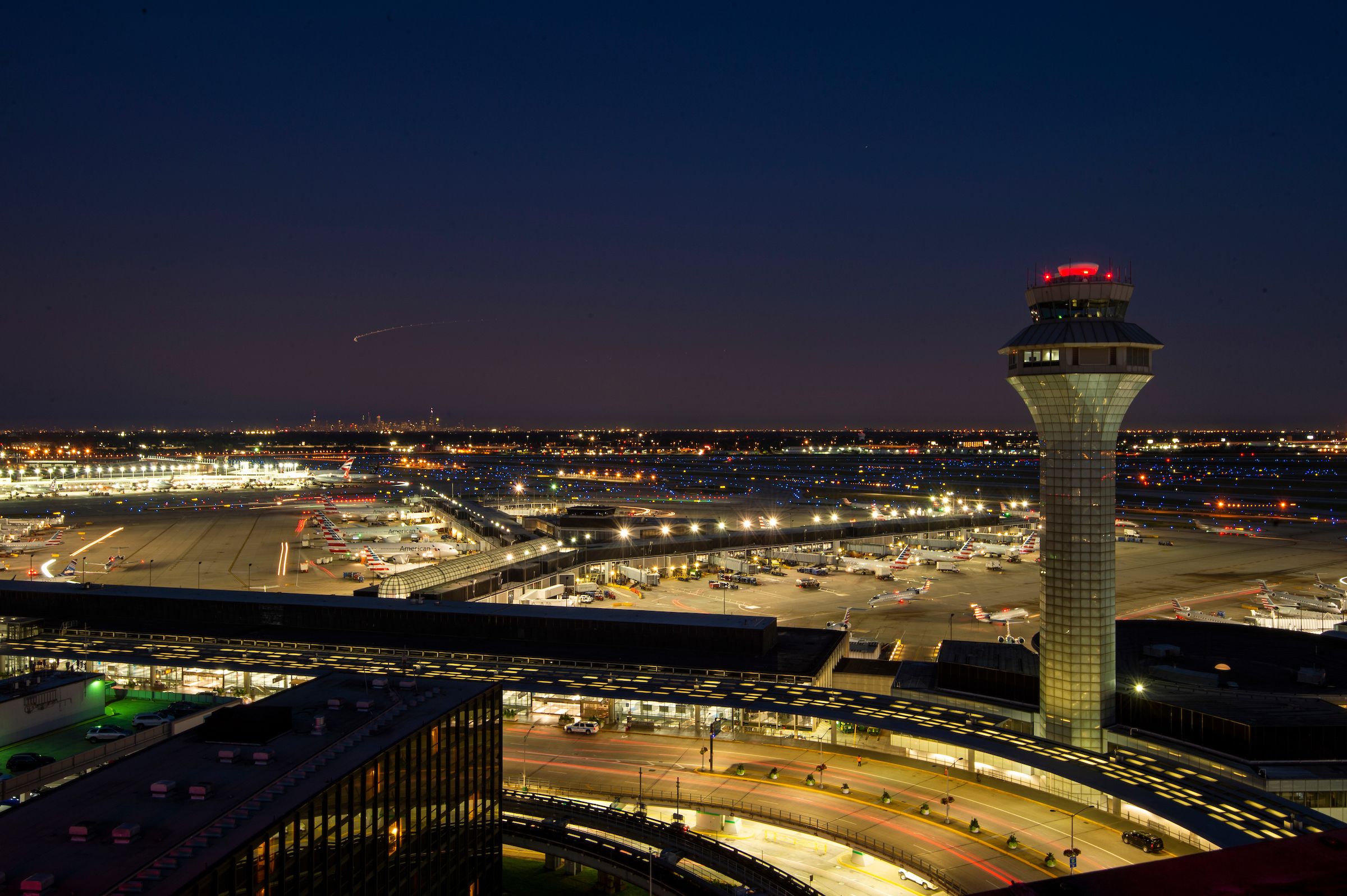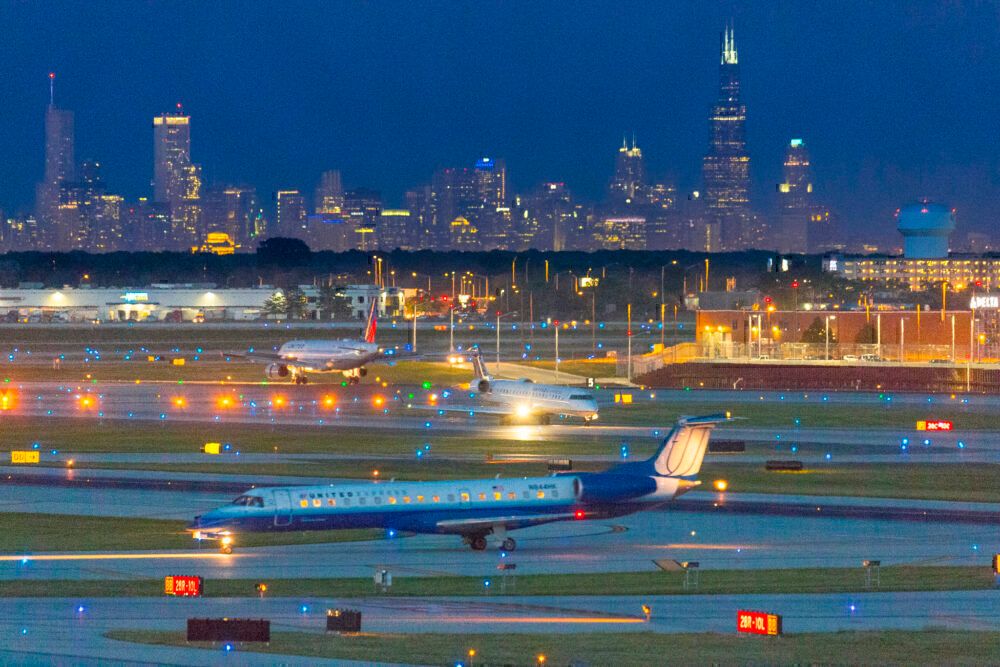Summary
- Chicago O'Hare Airport was initially built to accommodate jet aircraft and became the world's busiest airport from 1963 to 1998.
- O'Hare Airport saw significant growth with the introduction of the jet age, surpassing its competitor Midway Airport, in scheduled flights.
- Today, O'Hare Airport is one of the busiest airports globally, serving over 214 destinations and recording millions of passengers and aircraft movements annually.
Chicago O'Hare International Airport (ORD) was built in 1944 as a successor to the Chicago Midway International Airport. During the initial years, the airport struggled to gain interest from the airlines that operated at Midway Airport. The jet age gave ORD much-needed traction due to the lack of infrastructure for jet aircraft at Midway.
ORD was the world's busiest airport by passenger traffic between 1963 and 1998. Today, the airport sees nearly one million aircraft movements annually, serving over 60 million passengers annually.
Historical background
Chicago's O'Hare airport began as a small airfield that housed a manufacturing plant for McDonnell Douglas C-54 military aircraft during World War II. The company built more than half of its aircraft at the facility. The newly-built aircraft would fly out of what was called Douglas Airport.
After World War II, it received the name Orchard Field Airport and the lATA code "ORD." It became the first major airport to be built after World War II. It was in 1949 when the airport was renamed after the US Navy aviator Edward "Butch" O'Hare. The airport's master plan was designed to connect the terminal building with the parked aircraft.
The world's first jet bridge was built at O'Hare Airport in 1958. The first international terminal was also inaugurated in the same year. By 1960, the expressway link, now the Kennedy Expressway, connected the airport to downtown Chicago. It was a significant milestone for the airport, resulting in more operational interest from major airlines. The airport's overall design, concourses, parking, and interlink highways paved the way for how airports look today.
The jet era
US Air Force operations began to diminish in the late 1950s as commercial operations at O'Hare took off. By then, the airport provided numerous scheduled services operated by major carriers. The jet age gave the airport a much-needed edge over its contender, Midway Airport. O'Hare Airport saw its first scheduled jet flight, operated by an American Airlines 707, from New York to Chicago to San Francisco in March 1959.
By 1963, O'Hare had surpassed the number of scheduled flights operated at Midway. It became the world's busiest airport in 1963, serving more than 10 million passengers. Three new runways were built in the following years, totaling seven by 1971. In the 1980s, the two dominant airlines, American and United, established their hubs at O'Hare. The airport remained the world's busiest until 1998.
The current state
Chicago O'Hare Airport, operated by the Chicago Department of Aviation, services over 214 destinations worldwide. In 2022, more than 68 million passengers passed through the airport. The airport recorded over 711,500 aircraft movements last year.
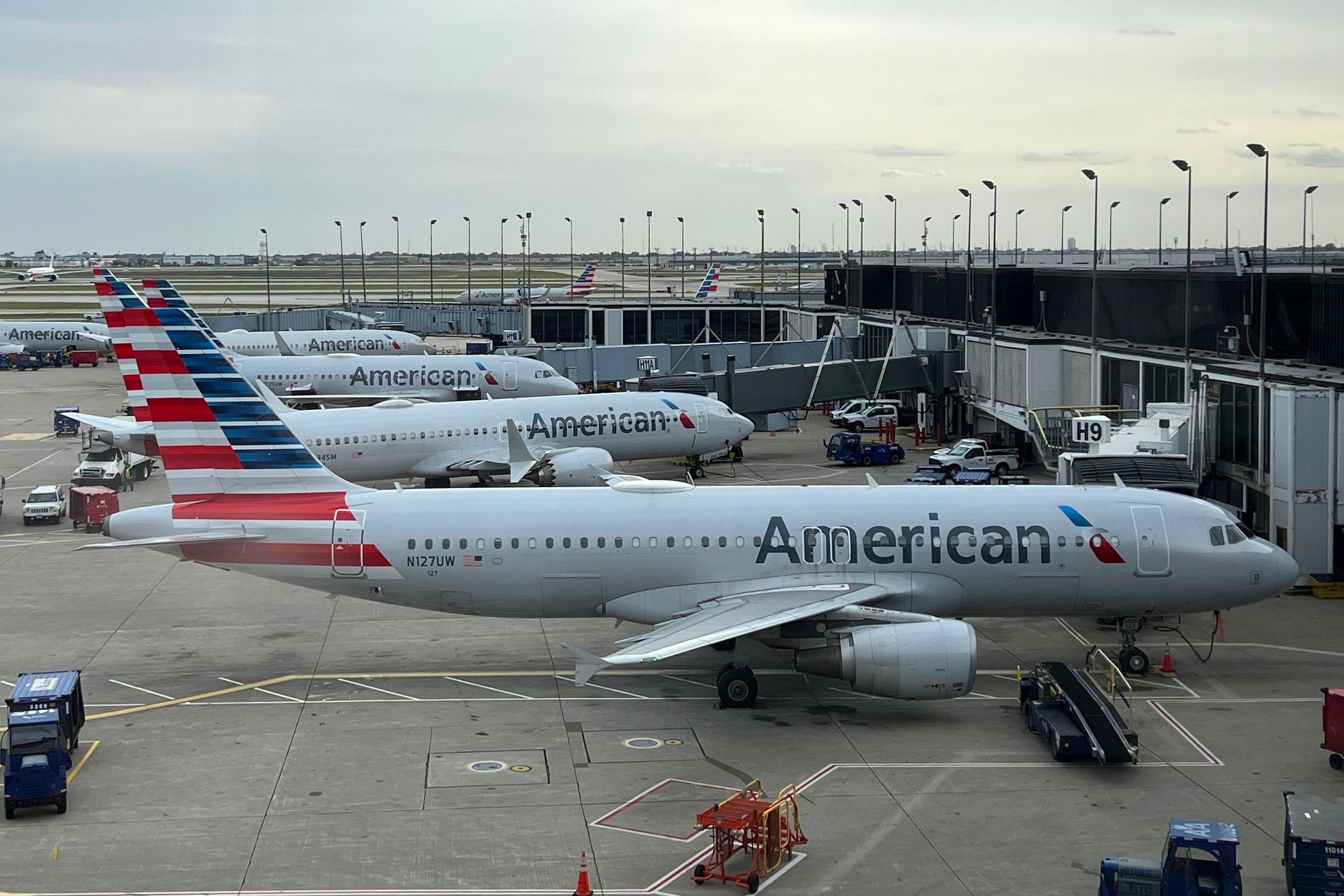
Analyzed: Chicago O’Hare Is The World’s 2nd Busiest Airport By Flights
United and American have eight in ten flights this week.Today, over 50 commercial airlines and 30 air cargo operators service O'Hare Airport. In 2023, Chicago O'Hare is considered the world's most connected airport.
What are your thoughts on the history of Chicago O'Hare Airport? Have you traveled through ORD in recent times? Share your experience in the comments section.

